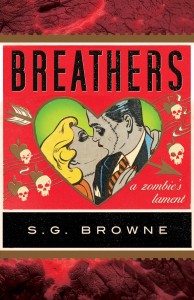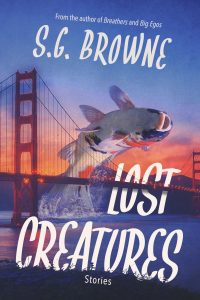Query Letters: The Hook, The Book, and The Cook
I attended a writers and agents conference in New York a couple of years back and sat in on a panel where writers would read their query letters out loud to agents. The agents, in turn, would tell the writer to stop reading at the point in which one of the agents would stop reading the query letter and move on to the next one.
It was a harsh but illuminating experience for all of the unpublished writers in attendance, as not a single query letter made it longer than 10-15 seconds before getting the hook.
And they got the hook because they lacked a hook. That’s what you need to catch an agent’s attention. A good hook in the first few sentences that makes him (or her) want to keep reading. This is followed up with a couple of paragraphs that provide an engaging description of the key elements of your book, then capped off with a brief one paragraph description about you. The cook.
The hook, the book, and the cook.
While this isn’t the only way to write a query letter, it’s a fairly standard and successful method that has been espoused by a number of literary agents as well as on www.AgentQuery.com, which is a good place to not only find potential agents but to also find advice on querying and on agents in general. It also provides examples and suggestions for hooks and a description of what to include in your book and cook sections for your query letter.
 AgentQuery.com is where I found my agent, Michelle Brower, back in November 2007 . This was after 15 months and 82 agents who passed on my novel. So the lesson there is: Don’t give up
AgentQuery.com is where I found my agent, Michelle Brower, back in November 2007 . This was after 15 months and 82 agents who passed on my novel. So the lesson there is: Don’t give up
The query letter I sent to Michelle for Breathers was included in the Writer’s Digest series “Successful Queries” back in July 2009. If you’re interested, you can read my query letter and my agent’s commentary on my query by CLICKING HERE.
